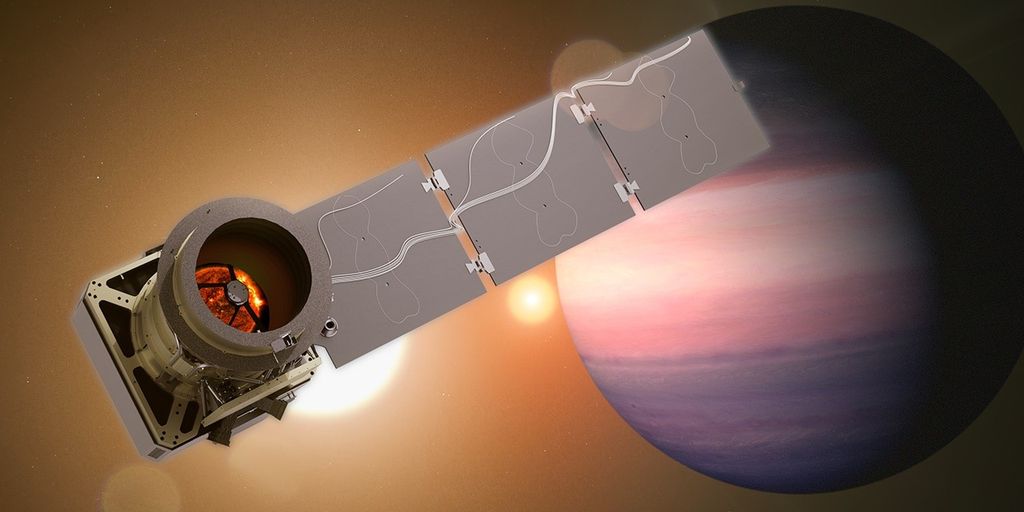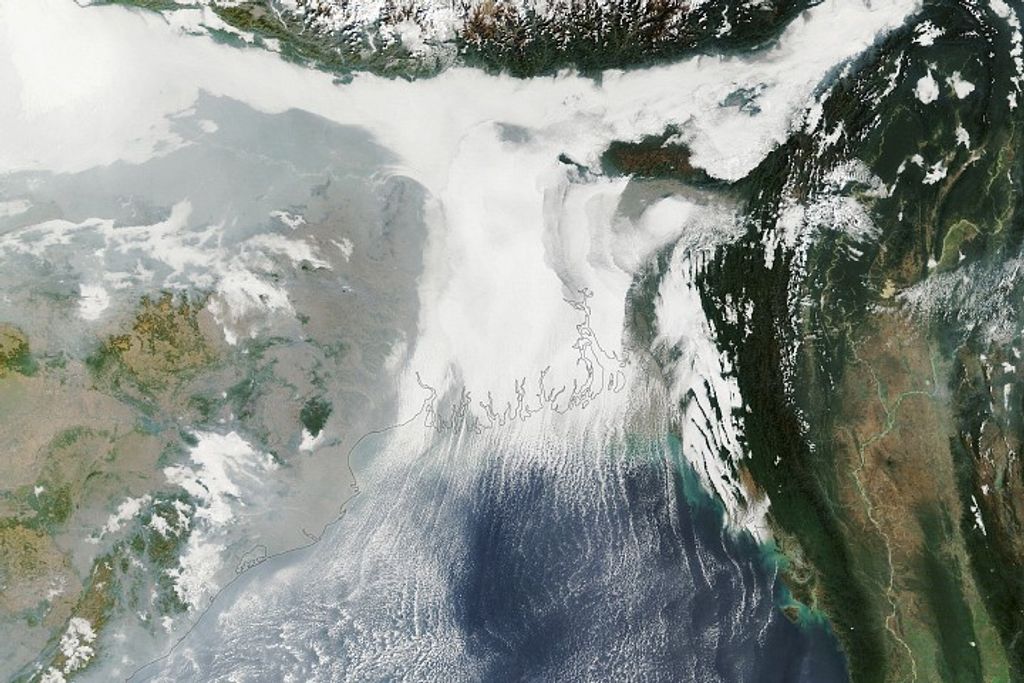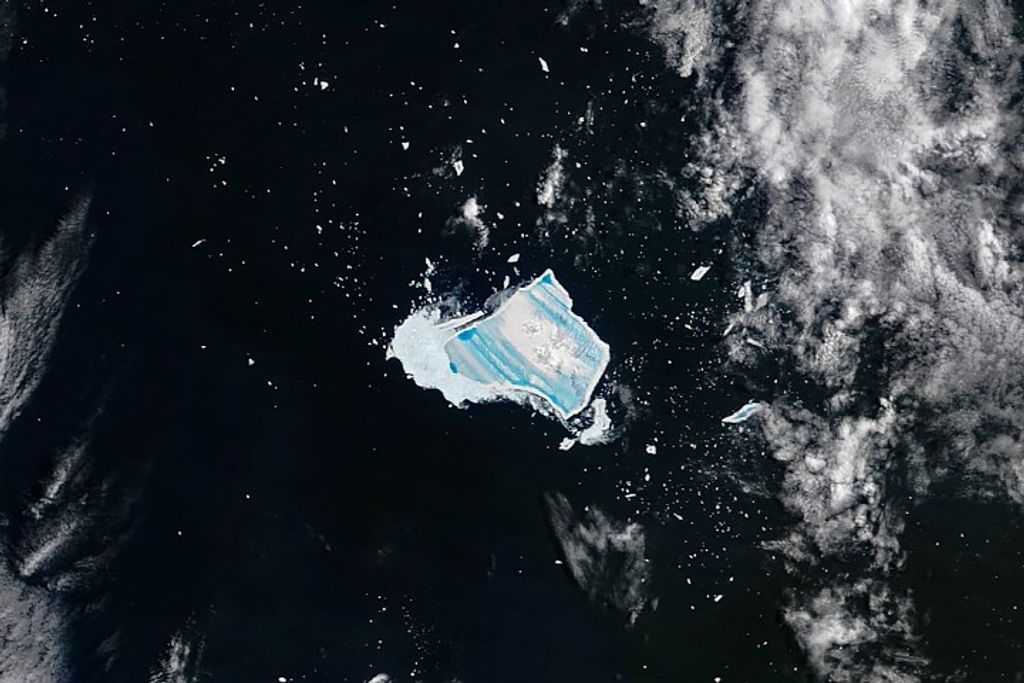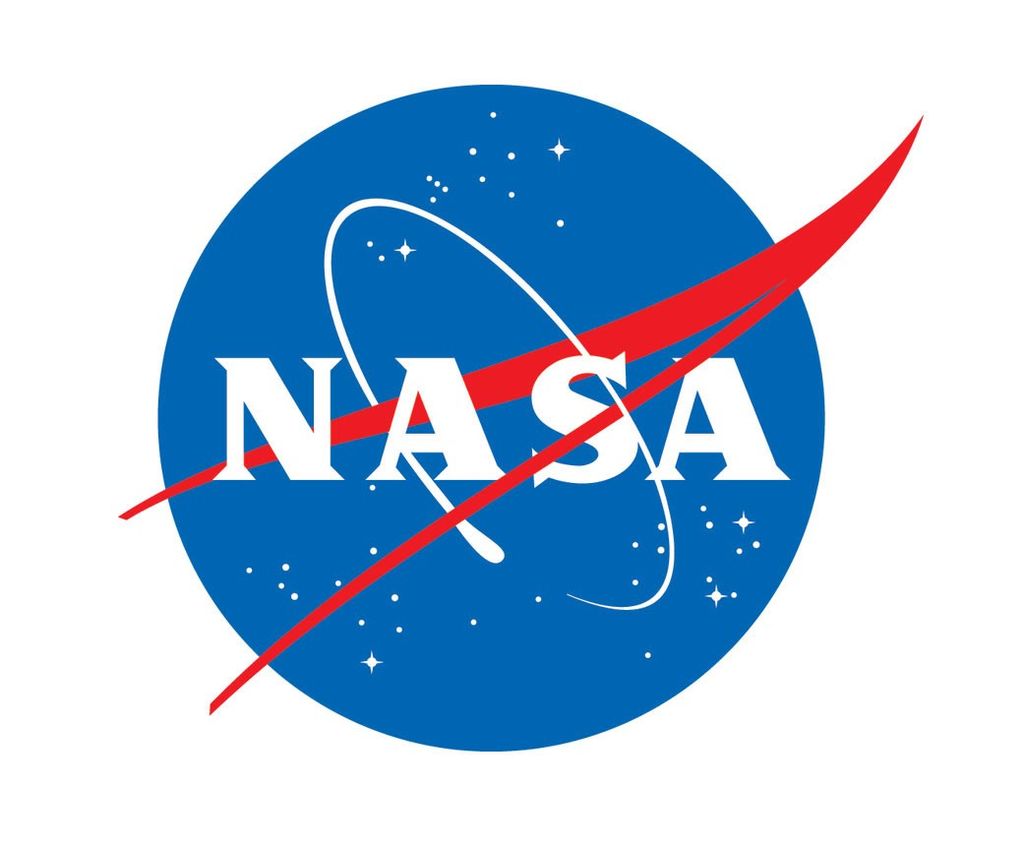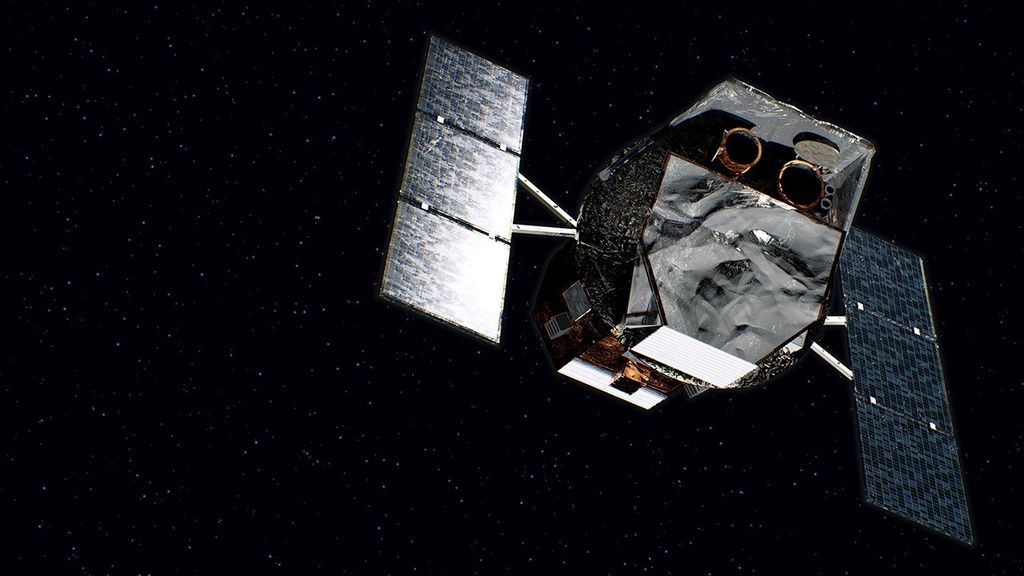On Saturday, Oct. 8, from 5:30 to 9 p.m. the public and media are invited to attend the 6th annual International Observe the Moon Night celebration, hosted by NASA’s Marshall Space Flight Center at the Davidson Center for Space Exploration at the U.S. Space & Rocket Center, both in Huntsville, Alabama. The free event will …
NASA’s Marshall Center Celebrates International Observe the Moon Night





